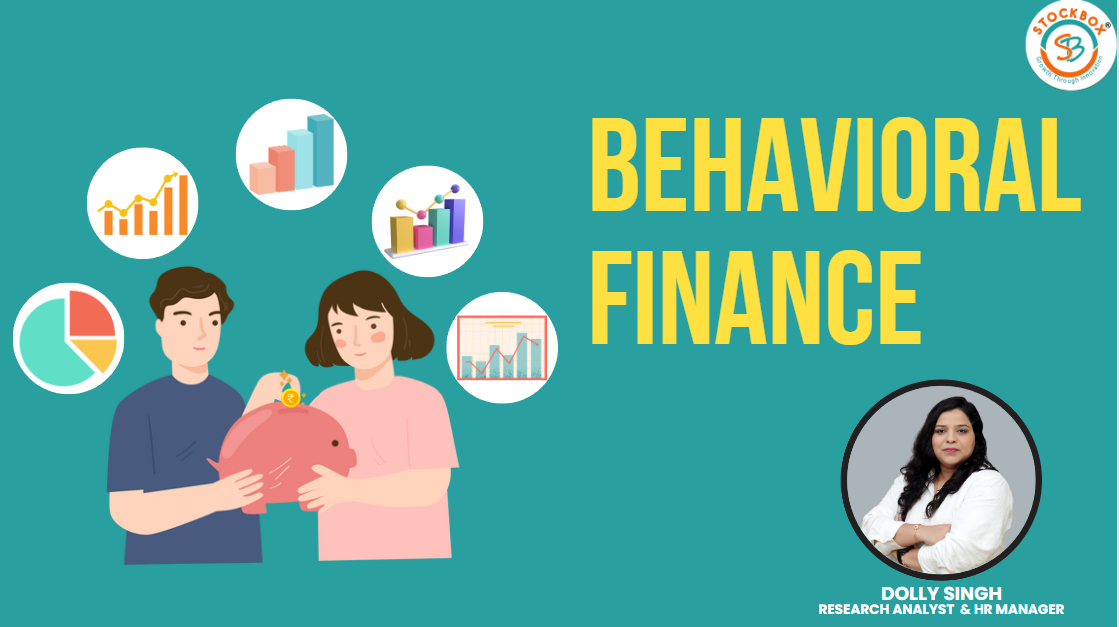In the vast landscape of financial decision-making, the realm of behavioral finance emerges as a vital and often overlooked factor. Traditional finance theory assumes that individuals always act rationally, making decisions solely based on logic and information. However, the real world tells a different story, one where emotions, biases, and cognitive errors play a significant role. In this blog, we delve into the importance of behavioral finance and how understanding human behavior can profoundly impact investment strategies and financial well-being.
Behavioral finance acknowledges that investors are not always rational actors. Emotions like fear and greed can drive decision-making, leading to suboptimal choices. Understanding these emotional undercurrents is crucial for investors as it can help them anticipate and navigate market fluctuations more effectively.
Recognizing Cognitive Biases
One of the key aspects of behavioral finance is the recognition of cognitive biases that influence decision-making. Confirmation bias, for example, is the tendency to seek information that supports pre-existing beliefs while ignoring conflicting evidence. This bias can lead investors to make decisions based on selective information, rather than considering the full picture. By recognizing and mitigating these biases, investors can make more informed and rational choices.
Loss aversion is another prominent behavioral bias that plays a significant role in financial decision-making. People tend to feel the pain of losses more acutely than the pleasure of gains. This aversion to losses can lead investors to make irrational decisions, such as holding onto losing investments for too long or selling winning investments prematurely. Understanding this bias allows investors to adopt strategies that mitigate the emotional impact of losses and gains.
Understanding the Herd Mentality
The herd mentality is a behavioral phenomenon where individuals tend to follow the actions of the majority, even if it goes against their own analysis or intuition. This behavior can contribute to market bubbles and crashes. Investors who understand and are mindful of the herd mentality can make more independent and rational decisions, avoiding the pitfalls of blindly following the crowd.
Behavioral finance also sheds light on the concept of overconfidence, where individuals tend to overestimate their abilities and knowledge. Overconfident investors may take excessive risks, believing they can accurately predict market movements. Recognizing and addressing overconfidence can lead to more prudent decision-making and risk management.
In the realm of long-term financial planning, understanding behavioral finance is essential for creating realistic and achievable goals. People often struggle with delayed gratification, preferring immediate rewards over future benefits. Behavioral finance helps financial planners tailor strategies that align with clients’ psychological tendencies, encouraging disciplined saving and investing for long-term financial success.
Moreover, the importance of effective communication cannot be overstated in the context of behavioral finance. Financial professionals who understand the psychological factors influencing client decisions can provide guidance that resonates with individual needs and concerns. This personalized approach builds trust and enhances the likelihood of clients sticking to their financial plans.
Conclusion
In conclusion, behavioral finance is a crucial lens through which to view and understand financial decision-making. By acknowledging the impact of emotions, biases, and cognitive errors, investors can adopt strategies that align with their long-term goals and mitigate the risks associated with irrational behavior. Whether managing individual portfolios or crafting financial plans, recognizing the importance of behavioral finance is the key to navigating the complex and ever-changing landscape of the financial markets.

